Since LACF will be hosting some of the most BEAUTIFUL and AMAZING animals in the world for a whole month, I thought it was time to pay a visit to our friends living in Mojo’s Wild & Crazy Lagoon…and boy, I’m happy I did!
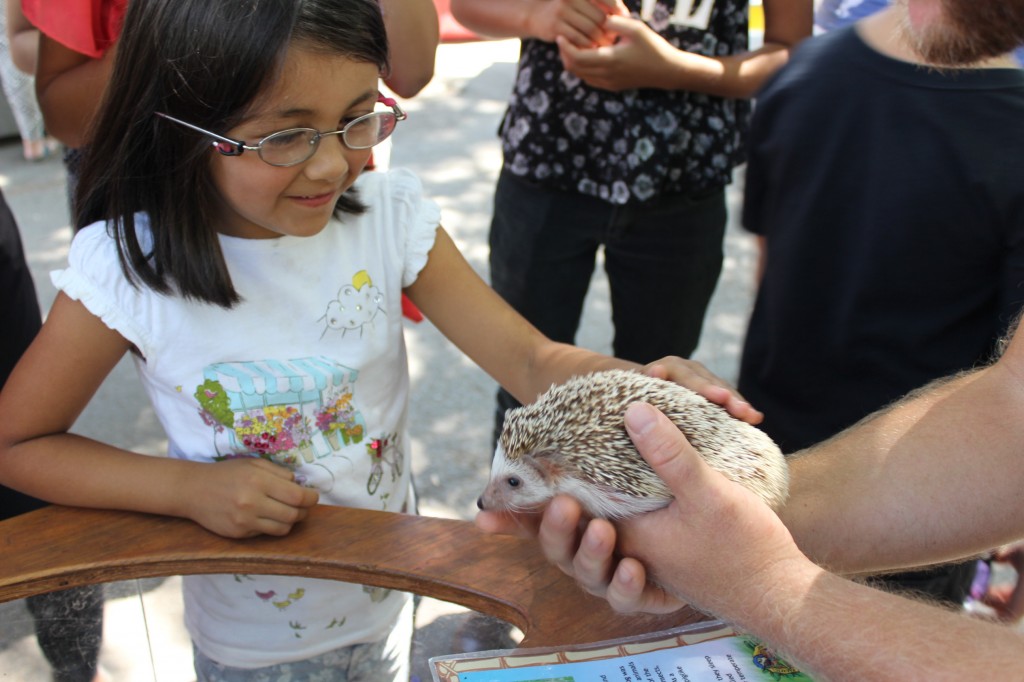
As I walked around the lagoon, I noticed families laughing, taking pictures, petting the animals and most importantly, creating long-lasting memories.
I eventually ran into Karla and Will, our animal experts, who were very gracious and allowed me to take close-up photos of the interactions between animals and guests.
Because LACF is committed to education, petting the animals was accompanied by a short description about their habitat, diet and special features.
Before coming to Mojo’s Lagoon, I thought I knew a lot about snakes, camels, zebras, alligators and monkeys, but I was wrong! Here are a few things I learned about these incredible animals:
1. Snakes smell with their tongue, and some species, such as cobras and black mambas, use venom to hunt and kill their prey. Also, some sea snakes can breath partially through their skin, allowing for longer dives underwater. You have to be very careful when you pet a snake and ensure your hand moves towards the end of the tail. Going the other way is like lifting our nails…not a good thing!
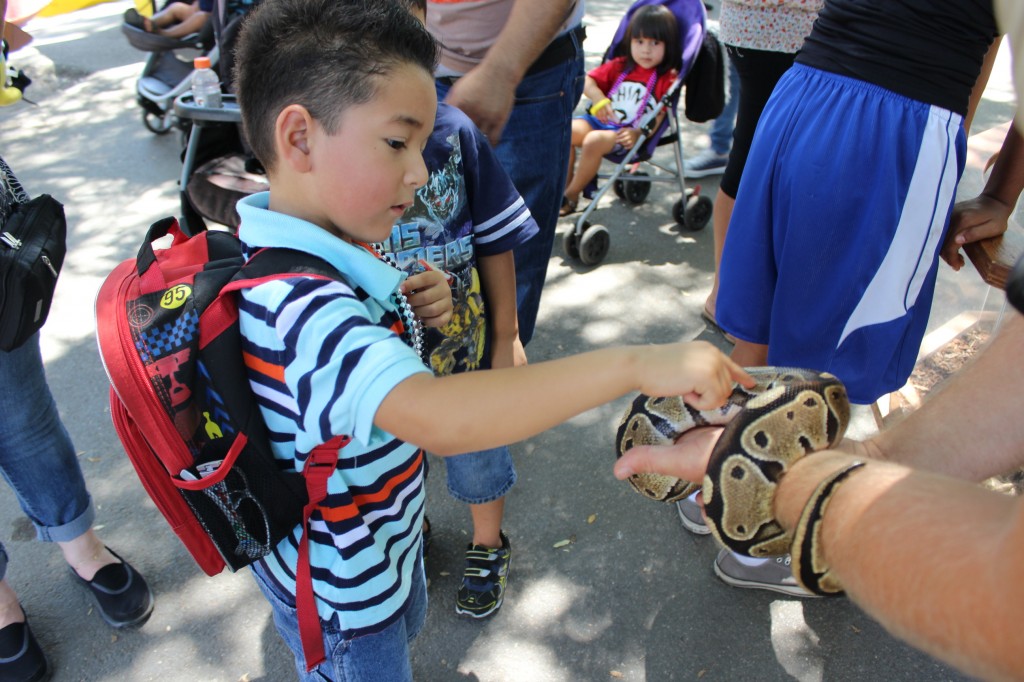
2. Dromedary Camels have humps of fat on their back where they store energy for long trips across the desert. They could be found in the arid deserts of northern Africa, the Middle East and Asia. Since living in the desert is not an easy task (mainly because of the lack of water and sand storms), camels have adapted by having bushy eyebrows and special nostrils that keep the sand out.
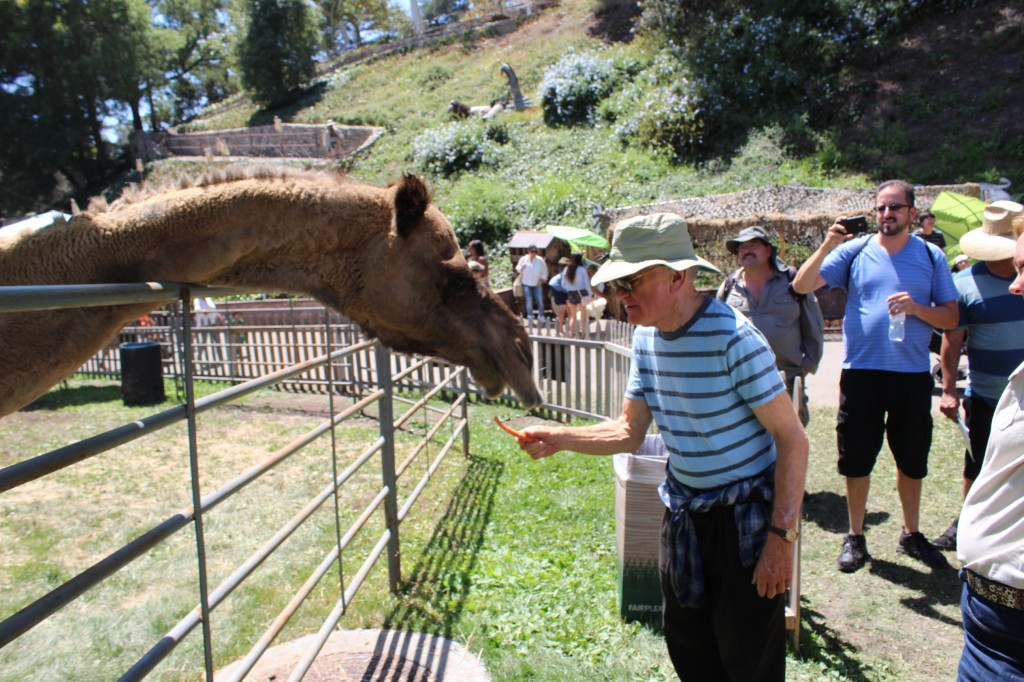
3. Zebras are related to horses but have never been fully domesticated. They can be found in savannas, scrublands and hilly areas. Their most distinct features are the black coats with white stripes. And, did you know every zebra has a different stripe pattern?
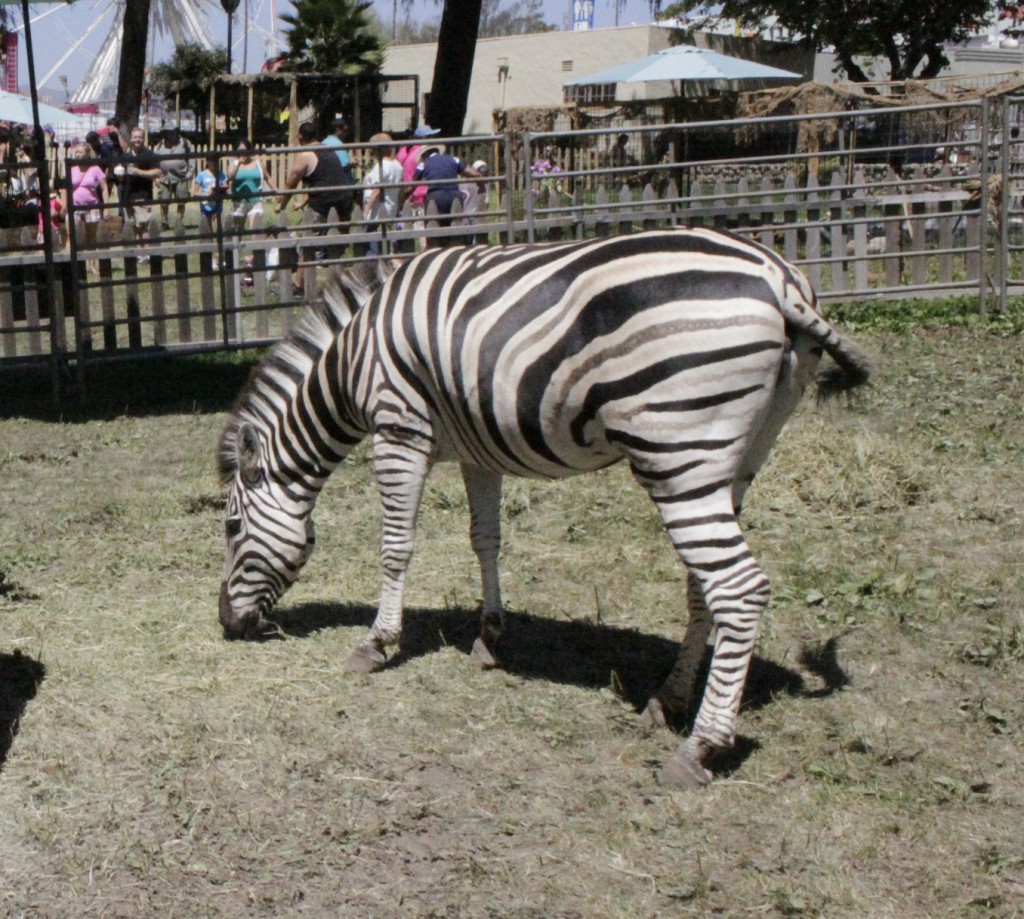
4. Alligators like other reptiles are cold-blooded and can weigh over 1,000 pounds. American alligators usually reside in the swamps and freshwater rivers of southeastern states such as Florida and Louisiana.
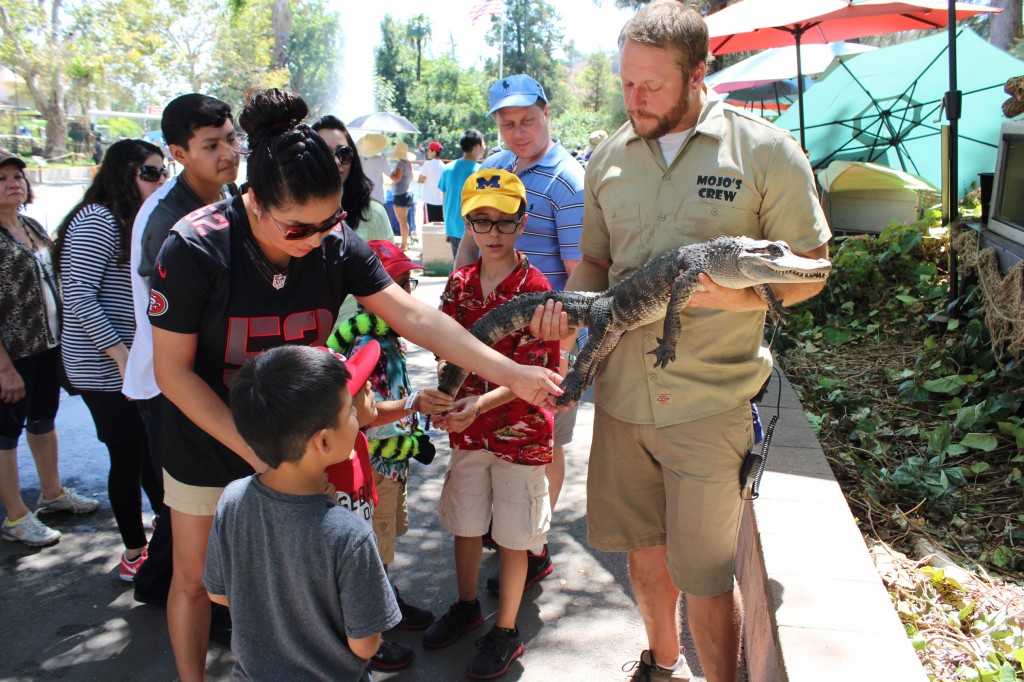
5. Capuchin Monkeys are considered as the most intelligent New World monkeys because of their large brain size. Although their lifespan varies, Capuchin monkeys can live up to 20 years in the wild. Lastly, I have to talk about my good Spider Monkey friend, Mojo. Mojo is three years old and is such a friendly monkey who loves playing and being around someone’s neck. Some people think Mojo is a male (because of the name), but Mojo is actually a female! Don’t worry about it…I was surprised as well!
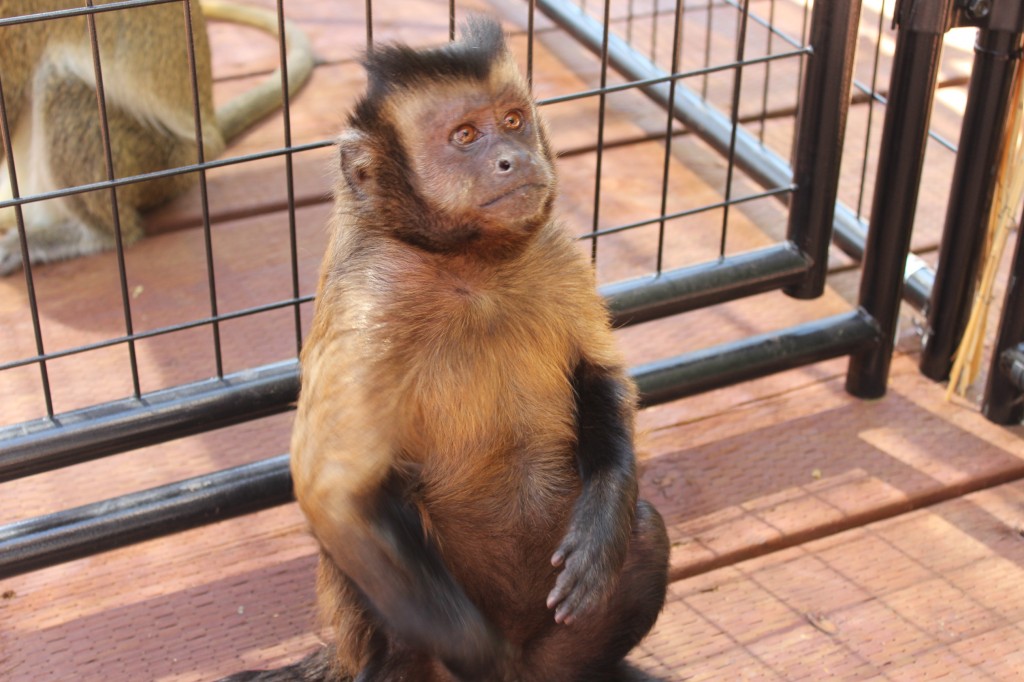
With all of this information in mind, I hope you find some time during your visit to meet Mojo and her friends. A very special thank you to Karla and Will for being so flexible and for showing me around the lagoon!
WordPress Theme by Akshit Sethi

No Comments